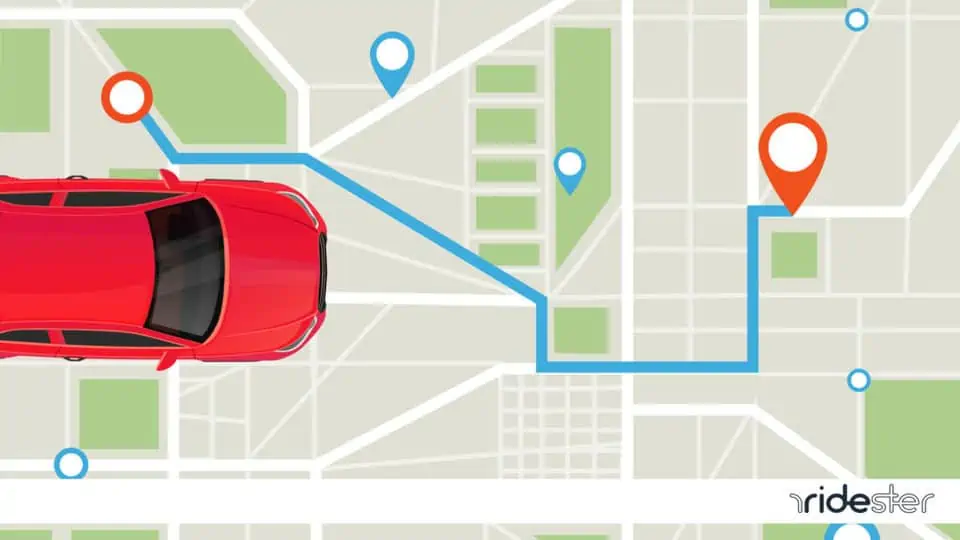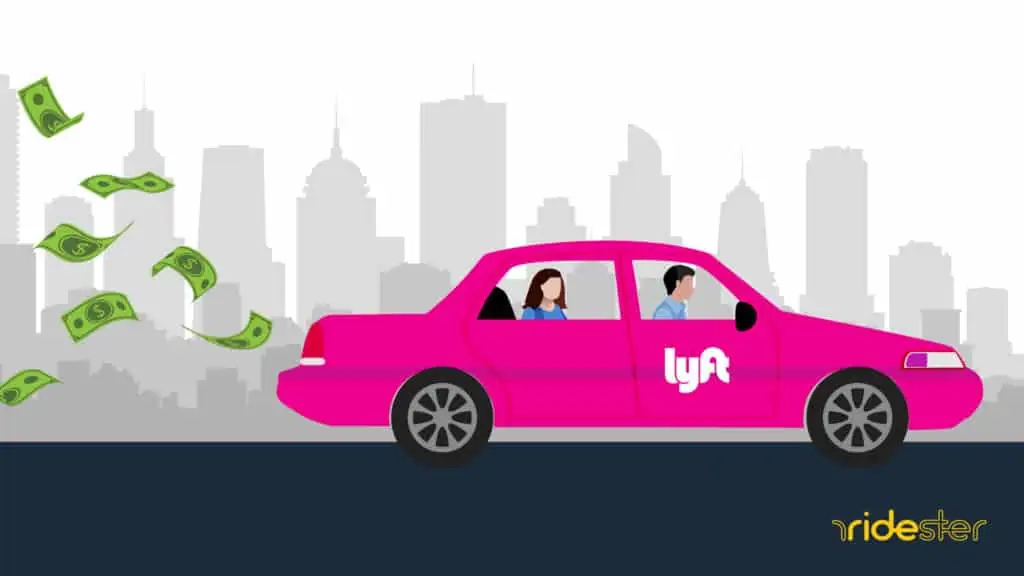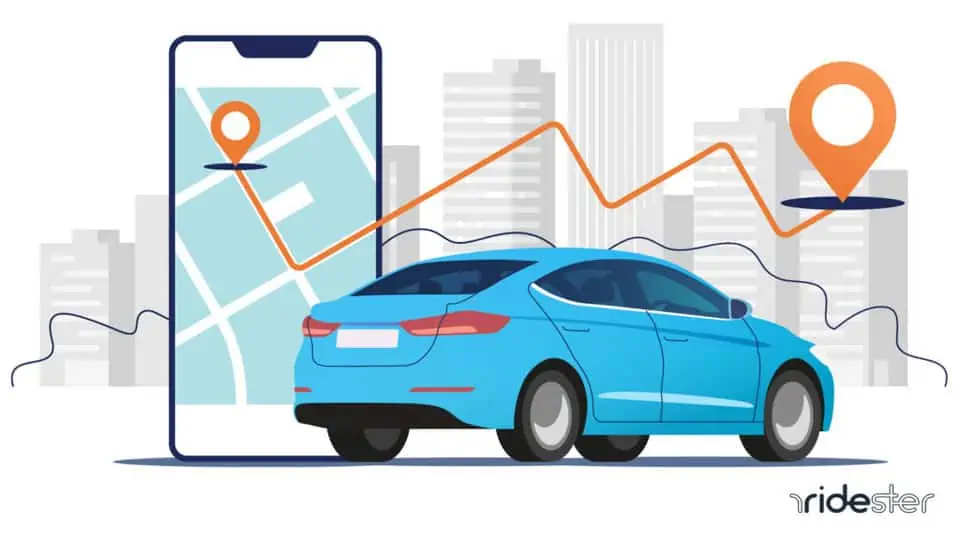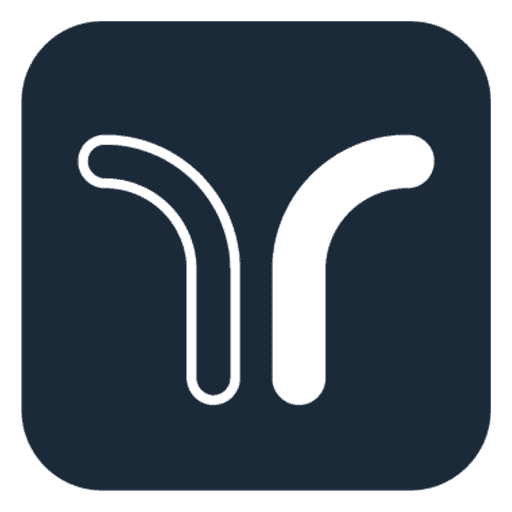Key Takeaways
- Lyft Peak Hours are the busiest time for Lyft, when the demand for rides increases sharply.
- Peak hours usually occur during morning and evening rush times, aligning with typical work commutes.
- Riders may face higher fares due to demand, while drivers benefit from increased earnings opportunities.
- Surge pricing is implemented to manage rider demand by raising fares, incentivizing more drivers to be available.
- Drivers can maximize their earnings by familiarizing themselves with local peak times and planning their schedules accordingly.
What are Lyft Peak Hours?
Lyft peak hours, similar to a business’s busiest times, are when the demand for rides sharply increases, typically during morning and evening rush hours or on weekends and holidays.
This surge in demand triggers Lyft’s dynamic surge pricing, where fares can rise substantially, often by 50% or more, as a way to incentivize more drivers to be available and to manage the customer load, affecting the cost and availability of rides during these times.
Why Do Lyft Peak Hours Matter?
Lyft’s peak hours bring distinct impacts for both drivers and riders. Here’s what you can typically expect during these high-demand periods.

For Riders
During Lyft’s peak hours, riders should be prepared for higher fares and potentially longer waits, as a surge in users means fewer available drivers.
If you must travel during these times, plan for extra travel time and a larger transport budget, especially if you’re a regular commuter, to avoid the stress of delays and increased costs.
For Drivers
For Lyft drivers, peak hours present an opportunity to earn more, thanks to the surge fee paid by Lyft to manage the high demand.
These busy times mean less downtime between rides and a steady flow of passengers, ensuring that while drivers may be busier, their earnings are likely to be significantly higher than during slower periods.
When are Lyft Peak Hours?
Lyft peak hours are typically from 7-9 AM and 5-7 PM, aligning with common rush hours when most people are commuting to and from their 9-5 jobs.
While these times are generally consistent, peak hours can shift depending on the day of the week, holidays, and special events. For instance, weekends might see a different pattern as people go out for leisure activities, and holidays could disrupt the usual rush hour routine.
It’s also worth noting that local events like concerts or sports games can create atypical peaks in demand for Lyft services.
How are Lyft Peak Hours Calculated?
Lyft calculates peak hours by analyzing the number of customers using the app at different times.
These peak periods can occur anytime but are more predictable during times when community activity is high, such as during local sports events or travel-heavy holidays.
During these events, Lyft observes a surge in customer usage, which leads to surge pricing and the designation of peak hours, often differing from regular patterns. The system dynamically adjusts to these surges in real-time.
Does Lyft Pay Drivers More During Peak Hours?
Yes, Lyft pays drivers more during peak hours. The increase in pay can end up doubling how much a Lyft driver would make for traveling the same distance in non-peak hours.
Because of this, drivers will try to make themselves available during peak hours so that they can earn more money.
How is Driver Pay Calculated?
Lyft driver pay is calculated based on the time, distance, and starting location of each ride, beginning a minute after driver arrival. The exact payment formula is not public, and rates vary by city.
Earnings include a base fare plus additional amounts for distance and time, rewarding longer trips. Drivers also receive tips from riders, which are separate from Lyft’s payment and add to their income.
How to Earn More Money Driving During Lyft Peak Hours
Lyft drivers stand to earn considerably more during peak hours. Here are the ways to maximize your income during Lyft peak hours as a driver.

Lyft Peak Hours Based on Your City
To maximize your income as a Lyft driver, it’s important to research your city’s peak hours in advance. Peak hours can vary significantly between cities.
For instance, cities with a vibrant nightlife might experience frequent surges late in the evening, while others might have surges on Sunday mornings as people use the app to go to church.
Since every city is unique, understanding the specific peak hours in your area is crucial. Being aware of these times can greatly increase your earnings, potentially doubling or even tripling your income.
Lyft Surge Tracker
Lyft provides drivers with a surge tracker to help them see when peak hours are being hit in their community.
By doing so, drivers can go to where the surge is occurring so they can help alleviate the high demand.
Not only does this help Lyft by keeping customers happy with quicker rides, but it can also help end the surge sooner.
Drivers can take as many rides as possible during this time so that they can both alleviate the surge and earn much more than they usually will.
The Lyft Driver’s Guide to Bonuses
Peak hours aren’t the only way to maximize your income as a driver.
Here is a quick overview of the bonuses a Lyft driver can expect to take advantage of.
Power Zones – Driver Bonus
Lyft Power Driver bonuses are a great promotion to take advantage of.
A “power zone” happens when a rider requests a ride from a high-demand area.
No matter where a driver is, they’ll earn a reward when they accept this ride.
A power zone can happen at any time and is separate from a surge during peak hours.
These may occur if there’s a large number of riders requesting rides in the same area, such as a local event beginning or ending.
Stacking Bonuses
Lyft offers drivers a surge tracker to identify peak hours in their community. This tool enables drivers to head to areas with high demand, helping to reduce wait times for customers and potentially ending the surge quicker.
By taking more rides during these peak periods, drivers not only assist in alleviating the surge but also have the opportunity to significantly increase their earnings.
This strategy benefits both Lyft, by enhancing customer satisfaction with faster service, and drivers, by boosting their income.
Lyft Line to Achieve More Rides
Lyft Line is similar to Uber Pool, helping riders carpool while giving drivers more passengers. Drivers with a car that can fit several riders can opt into Lyft Line to pick up several passengers at once and drop them off at their destinations.
Each of these counts as a ride, as each is an independent customer being taken to their destination. These are great for drivers trying to meet the quota for a ride challenge.
Frequently Asked Questions

When is the busiest time of day to drive for Lyft?
The busiest times to drive for Lyft are the early morning and late afternoon. These hours accommodate people going to and from work. Some cities will have different peak hours, but these are the most common.
What days should I work as a Lyft driver to make the most money?
Lyft drivers tend to make the most money on weekdays. Saturdays can often be great for earning money due to a high peak of people going out for the things they can’t do during their workweek. Sundays tend to be slower, as fewer people use the app on Sundays.

